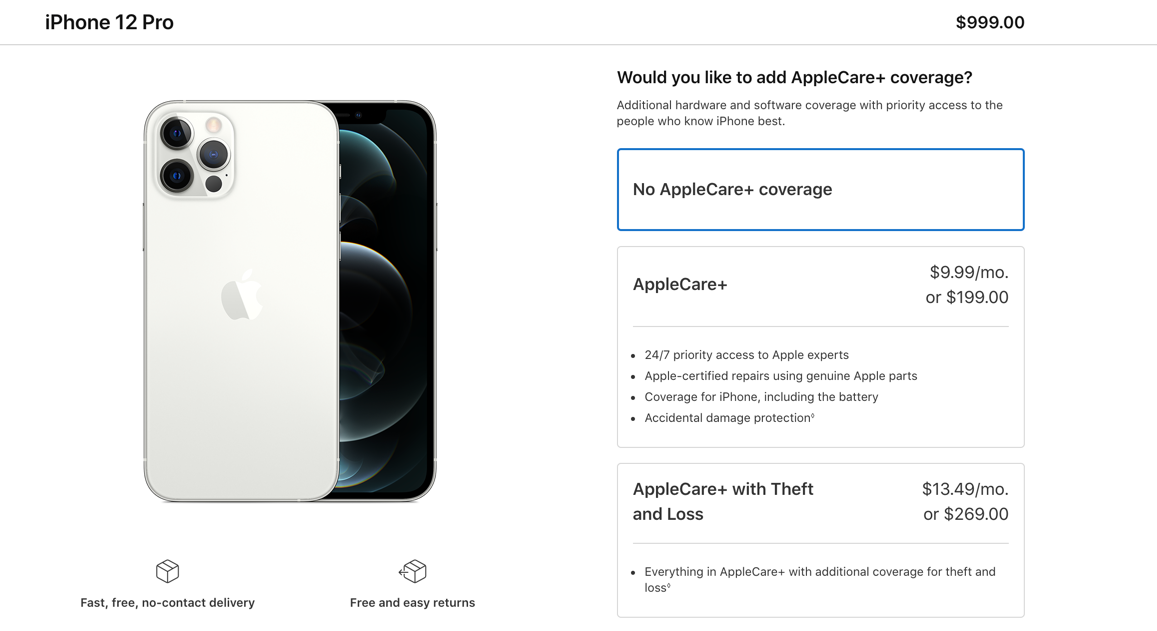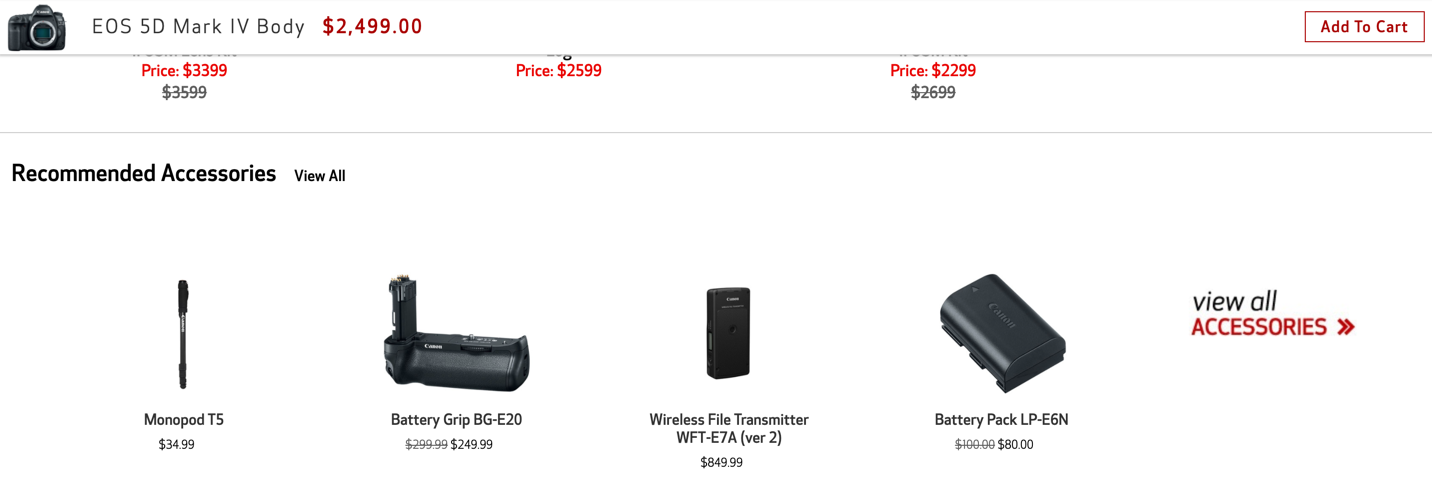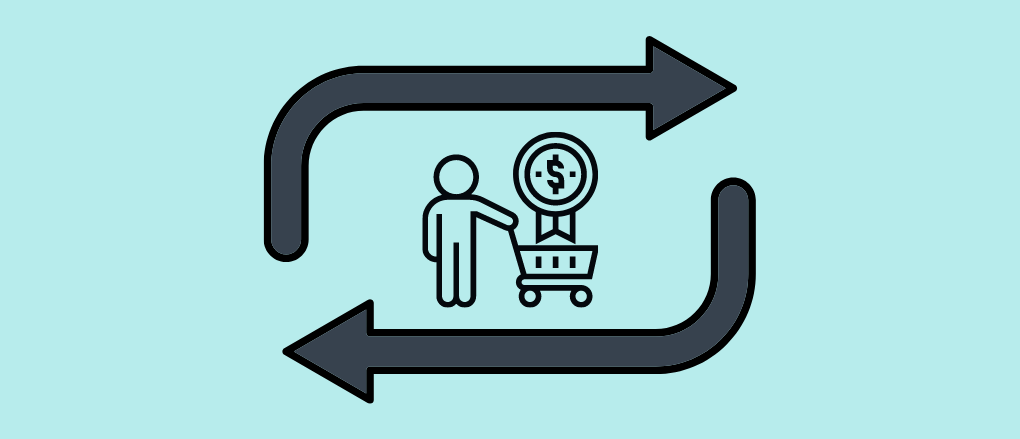This is a guest post from Deb Mukherjee, head of marketing at DelightChat, a customer support software for ecommerce & DTC companies
There are a ton of ways to scale your ecommerce store’s revenue and drive profit. Some are scalable, while others are a one-time thing.
Regardless of the way, your primary focus should be to drive more revenue. I mean, that’s what a business should be about, right? Profitability and sustainability?
Anyways, before I start rambling about the best way to run a business, one of the best (and proven) ways to grow revenue is to derive more sales from your existing shoppers. How? What’s this secret sauce?
It’s cross selling. That’s right; cross selling is a strategy to scale your business automatically. Once you set the plan in motion, you can reap the benefits for years to come; with little tweaks here and there from time to time.
In this article, I aim to explore the efficacy and effectiveness of ecommerce cross-selling, why you should strongly consider implementing it, and the best practices to do the same.
What is cross selling in ecommerce?
To keep it simple, ecommerce cross selling is a technique that gets you to purchase complementary products along with the product you wanted to buy in the first place.
Amazon employs this tactic quite well. They attribute as much as 35 percent of its sales to cross-selling through its “customers who bought this item also bought” and “frequently bought together” options on every product page.

However, it’s different from upselling, which is also employed by ecommerce business owners to increase their revenue. This technique involves persuading the customer to buy an upgraded version of the product.
Why should ecommerce stores implement a cross selling strategy?
The question remains. Out of all the essential things you can do, why should you focus on creating a cross selling strategy and implement it across your store? Well, there are some glaring benefits to it.
Let’s look at some of them, shall we?
1. Increase in AOV
It’s a no-brainer. The Average Order Value automatically increases when a customer adds other products to the cart beside the one they originally came to buy. It’s intuitive for a customer to purchase complementary products along with the main one.
We also know that shoppers who click on product recommendations are 4.5 times more likely to add those products to their cart, increasing the average order value.
2. Enhance customer experience
Shoppers visiting your store are looking to make their lives a little easier than before. If that’s the case, then why not help them make better purchases? This is where product recommendations come into play.
If they’re buying a pair of boots, you can recommend them to buy socks that go with those boots. You’re saving them another trip to your site when they would need a pair of socks. The more you personalize those recommendations, the chances of that customer buying that complementary product go up.
3. Increase in profits
As your AOV increases, profits increase in the long-term. Since you’re selling the customer more than one product concurrently, you’re not spending extra marketing budget getting them back to your site.
This helps to reduce your customer acquisition cost, thus increasing your overall profit. Of course, it won’t be significant for one product, but you will see the difference when you measure it across the store.
4. Increase in CLTV
We’ve already established that cross selling strategies increase the average order value. But there’s an additional benefit. It also helps uplift your customer lifetime value (CLTV). As per the formula to calculate CLTV, AOV is directly proportional to CLTV.
Without saying, CLTV is a critical metric, and it can (aka CLTV) is a metric that can tell you who your best customers are and why you should put an extra effort into retaining them. It’s pretty important to determine whether your business will survive or not. Conclusion: Cross selling strategies are crucial to the success of your business.
5. Sell “unknown” products
Besides the obvious benefits that we discussed above, cross selling can enable you to push the lesser-known products on your ecommerce store. This doesn’t apply to stores with one or two products.
But if you have several products in your store, you can use cross selling to surface those lesser-known products along with the popular ones. That also helps you launch new products to the market.
Four battle-tested cross selling strategies to implement today
Cross selling is an effective way to increase your revenue. But there are numerous ways you can use cross selling. I’m sure as a business owner; you don’t have the luxury to go through all of them. So, I’ve picked out these four strategies that you can apply without breaking a sweat.
1. Product bundling
A product bundle is a cross selling tactic where ecommerce store owners group multiple products and sell them as a package deal. If you can crack it well, product bundling will leave your customers happy that they got a good deal. But you, the store owner, will be dancing if off since it increases your average order value and a boost in sales for lesser-known products. It’s a win-win!
For example, Outdoor Voices lets you customize The Rec Kit. The Rec Kit is for those who don’t know where to start. It’s an incredible customer experience (ha!), but it also helps you sell a bundle quite easily.

2. Show the most relevant products
With the rise in ecommerce stores across the globe, the options are virtually limitless. So is the attention span of your customers. Hence, you must show the most relevant products as a way to cross sell. If the customer feels duped at any point in time, they will drop off your site.
Amazon does this very well, but other sites like Apple have cracked it too. In the following example, when you try to buy an iPhone 12 Pro from Apple.com, they will try to cross sell you AppleCare+ & AppleCare+ with Theft & Losses. This is a psychological trigger. iPhone 12 Pro is an expensive device. You’d want to keep it safe, and hence you might also want to upgrade AppleCare’s coverage. Simple, right?

3. Limit the choices
While you would want to list all the related products, it can be counterintuitive to the customers. Too many options increase a person’s cognitive load, thereby making it harder to arrive at a decision. This means that your cross selling would fail as they wouldn’t add any product from the recommended list.
Instead, you should limit the number of choices and only add the most relevant ones to the list. You can rely on previous data to see which products perform the best when recommended with a product. You could also run A/B tests to gauge the products that work best. There are several ecommerce software to help you do that.
Look at how Canon does it. If you’re trying to buy the EOS 5D camera, they’re recommending you only four accessories that will go perfectly with the camera.

4. Use high-quality visuals
You can leverage high-quality photos & videos to showcase your products, describe them, and help the customer understand why they’re making the right choice. You can use this opportunity to encourage customers to add new products to the cart by subtly directing them with “Shop top deals” or “This goes well with.”
Take a look at Walmart’s website. Pick any product, and they will show you two rays with the titles, “Customers also considered” and “Shop top deals.” Notice the visually appealing images on each row. It entices you to at least check out the products. This is how Walmart gets you to increase the average order value.

Closing Thoughts
If I were to summarize this guide, I’d say focus on creating personalized cross selling opportunities.
Any shopper wants to be guided to the right products, and you can use that to your advantage by personalizing the recommendations as per their previous purchases.
About The Author

Deb Mukherjee is a SaaS marketer with 5+ years of working with companies across the globe. He has consulted over 40 companies to date and is now heading the marketing function at DelightChat, a customer support software for ecommerce & DTC companies. When he’s not working, you can find him watching the latest Anime or writing helpful stuff on debgotwired.com.




